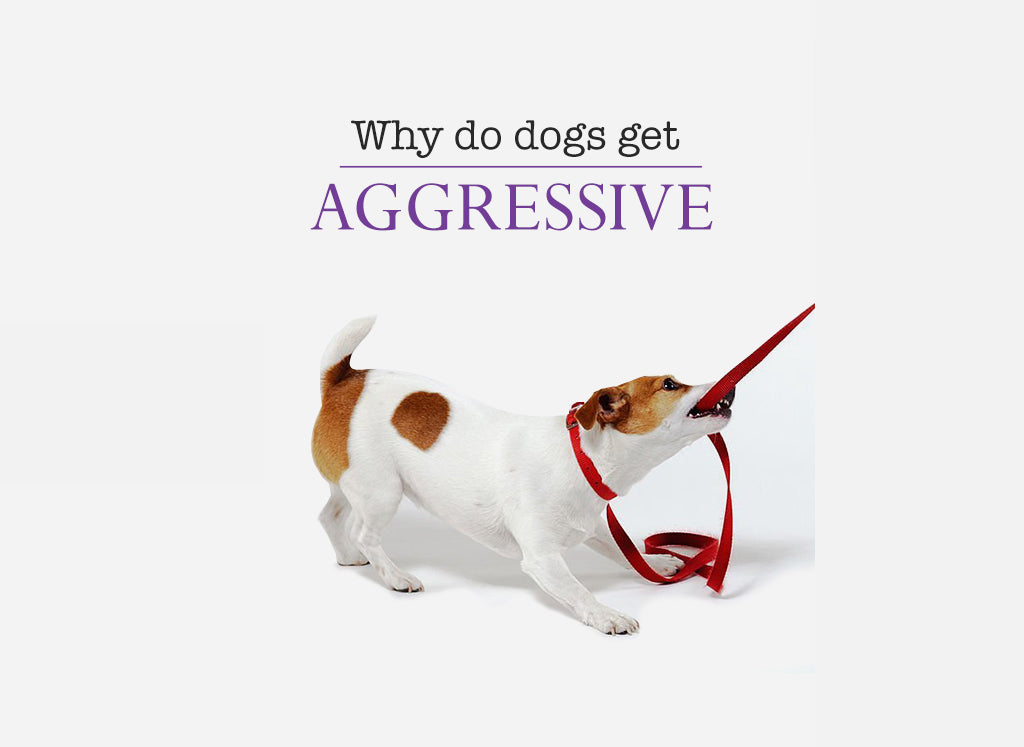
Anxiety in Dogs

Just like humans, dogs experience anxiety. While unpleasant, it is a normal and also healthy emotion. Dog anxiety can affect all breeds, but may affect each individual dog differently. Although it is something that all dogs experience from time-to-time, if disproportionate levels of anxiety are left unchecked, a dog can develop an anxiety disorder. If left untreated, dog anxiety can lead to behavioral and other issues.
Dog Anxiety: Causes
According to the Merck Veterinary Manual, dog anxiety can have a variety of causes. Some of the most common causes of dog anxiety are:
*Fear
*Separation
*Aging
Fear-related anxiety can be caused by loud noises, strange people or animals, visual stimuli like hats or umbrellas, new or strange environments, specific situations — like the vet’s office or car rides — or surfaces like grass or wood floors. Although some dogs may only have brief reactions to these kind of stimuli, they may affect anxious dogs more consequentially.
Separation anxiety is estimated to affect around 14 percent of dogs. Dogs with separation anxiety are unable to find comfort when they are left alone or separated from their family members. This anxiety often manifests itself in undesirable behaviors, such as urinating and defecating in the house, destroying furniture and furnishings, and barking.
Age-related anxiety affects older dogs and can be associated with cognitive dysfunction syndrome (CDS). In dogs with CDS, memory, learning, perception, and awareness start to decline, similar to the early stages of Alzheimer’s disease in humans. This understandably leads to confusion and anxiety in senior dogs.
Dog Anxiety: Symptoms
So how can you tell if your dog has anxiety? There are several important symptoms to look out for:
*Aggression
*Urinating or defecating in the house
*Drooling
*Panting
*Destructive behavior
*Depression
*Excessive barking
*Pacing
*Restlessness
*Repetitive or compulsive behaviors
Some of these symptoms may be the result of occasional anxiety-causing events, but any of these can become recurrent and therefore, result in more serious issues. This being said, by far the most dangerous symptom of dog anxiety is aggression. This aggression can be targeted directly or indirectly, depending on the situation. Direct aggression occurs when a dog acts aggressively toward people or other animals. Indirect aggression can be equally dangerous, and often happens when a person comes between the dog and the source of the dog’s aggression, such as another dog. Even if a dog is prevented from harming others, aggressive behaviors such as growling or barking can lead to undesirable situations for humans and dogs, alike.
Urinating and defecating in the house is a common symptom of separation anxiety. Anxious dogs often work themselves up to the point that they pee or poop in the house, even if they are housebroken. This is frustrating for owners and can cause damage to property, not to mention the unpleasantness of the cleanup.
Destructive behavior is also common with separation anxiety. The damage is usually located around entry and exit points, like doorways and windows, but dogs in a state of heightened anxiety are also at risk of harming themselves. Attempts to break out of dog crates, windows, and even doors can result in painful injuries and expensive veterinary treatments.
7 Proven Ways to Calm Your Anxious Dog
1. Exercise Your Dog
If your dog has separation anxiety, the obvious way to ease their mind is to never leave them alone. That is not a reality for most pet owners, so using exercise as both a bonding time and to tire out your pet is often an easy fix!
Because anxiety can cause an excess of energy, taking your dog out to play ball or on a long walk before you leave can be helpful. Providing plenty of physical contact and talking to them during this time is also beneficial. And, like their human counterparts, exercise can help relieve stress by producing beneficial endorphins.
2. Physical Contact
There is probably nothing more soothing to an anxious dog than its owner’s touch. Try to identify the signs of anxiety in your dog and nip them in the bud as early as possible by picking them up, cuddling on the couch, or giving them a good long petting session.
3. Massage
As you probably know, a massage will relax and calm even the most anxious human — did you know it also works wonders with dogs as well?! Anxiety often causes tensing of the muscles and massage therapy is one way to alleviate tension. Start at the neck and work downward with long strokes. Try to keep one hand on the dog, while the other works to massage. Over time you may even be able to identify where your dog holds its stress and just work on that one particular area.
4. Music Therapy
Music therapy has been proven to be beneficial for both humans, as well as our canine and feline friends. The power of music can be calming and relaxing while you’re home, in the car, or away from your pet. Music can also alleviate noise sensitivity by blocking the street or scary noises that bother some dogs and create anxiety.
5. Time-Out
While anxiety isn’t a bad behavior per se, it can help to give your dog some time-out when they’re acting out. Isolating your pet in a safe and quiet space can help calm their frayed nerves. Maybe that space has some very quiet music playing, low lights, and/or some aromatherapy available
6. Calming Coats/T-Shirts
Calming coats and t-shirts apply mild, constant pressure to a dog’s torso, surrounding a dog much like a swaddling cloth on a baby. It’s recommended for dogs with any type of anxiety induced by travel, separation, noise, or stranger anxiety.
Depending on the size of your dog, there are several brands and models to choose from. You can check out ThunderShirt Anxiety Jacket, American Kennel Club Stress Relief Coat, and the Comfort Zone Calming Vest.
7. Alternative Therapies
While there is limited evidence that alternative products can be of benefit to dogs suffering from anxiety, the products listed below are non-invasive and will cause no harm. They are therapies that can be used alone or combined with those above to be more effective. Be sure to do proper research before implementing alternative therapies, and consult with your veterinarian, too.





